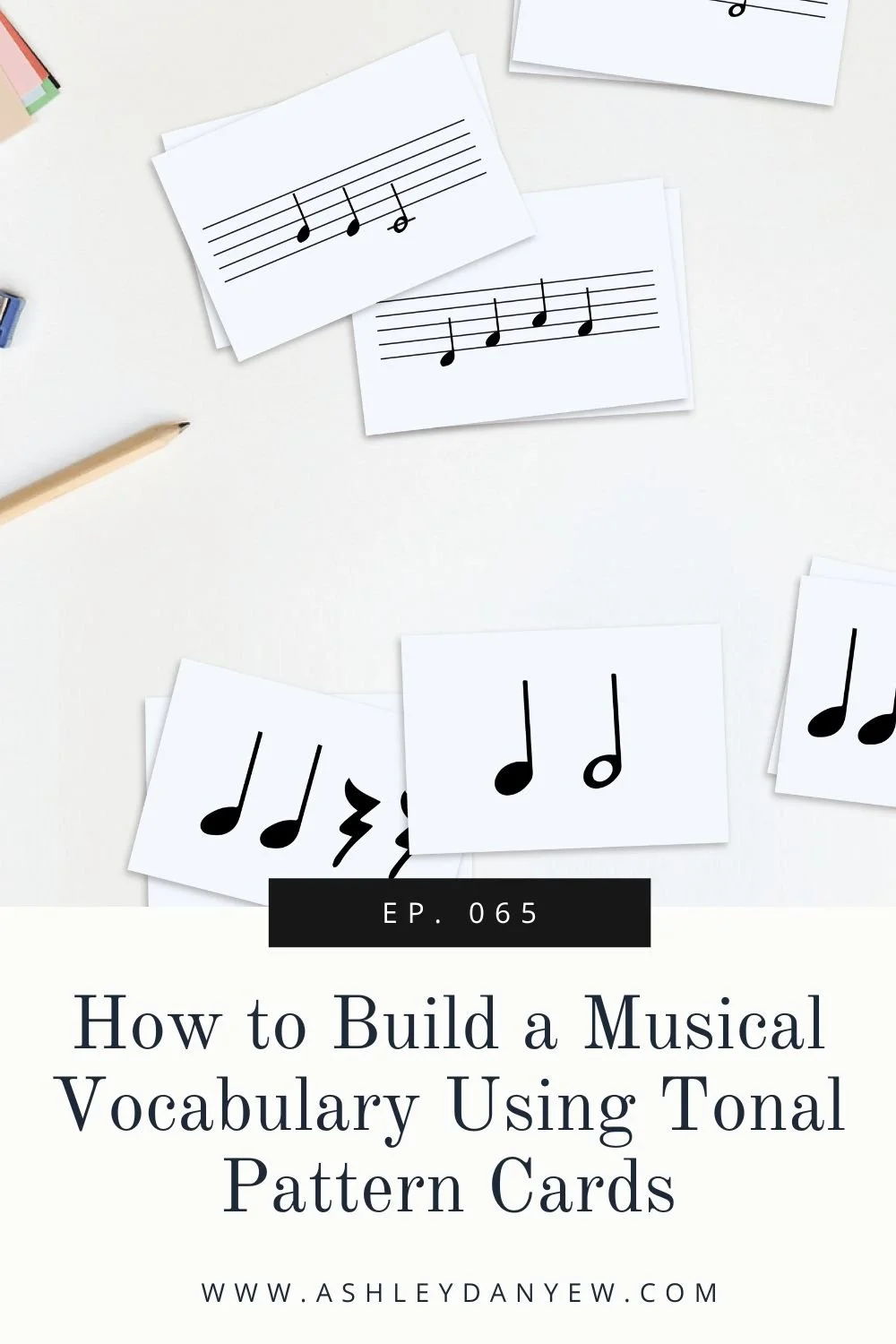![063 - When the Teacher Becomes the Student]()
"I found this piece that I'd like to learn," one of my high school students said to me in a lesson earlier this summer. He carefully laid out the pages of the score of Alexander Scriabin's Prelude in C Major, Op. 11, No. 1 that he'd downloaded from IMSLP.
"I have a question about it, though," he said turning toward the score. "How do you count this?"
He pointed at the first line written in flowing quintuplets straddling the barlines. I leaned in to take a closer look. My student is very mathematically-minded, so we talked about how the beats are organized and divided into groups of 2+3. The way that it's notated in cut time creates tension—a feeling of pushing or transcending the boundaries to create something free and expressive.
Next, we studied the tonal structure, the repeated use of 4ths, moments of tension and resolution, the way the hands sweep in toward the center in contrary motion. We talked about the formal structure, the technical challenges inherent in the left-hand octave leaps and open arpeggios.
The more we analyzed the score together, the more intrigued I was to take it home and learn it myself. So I pulled up a copy of the same edition on my iPad that day and saved it to my forScore library for later.
Scott Price once said, "The teacher is always and forever the student and the student is the teacher.” What does this look like in practice? In this episode, I'm sharing a glimpse into a project I've been working on this summer and what it looks like to be a student again.

















